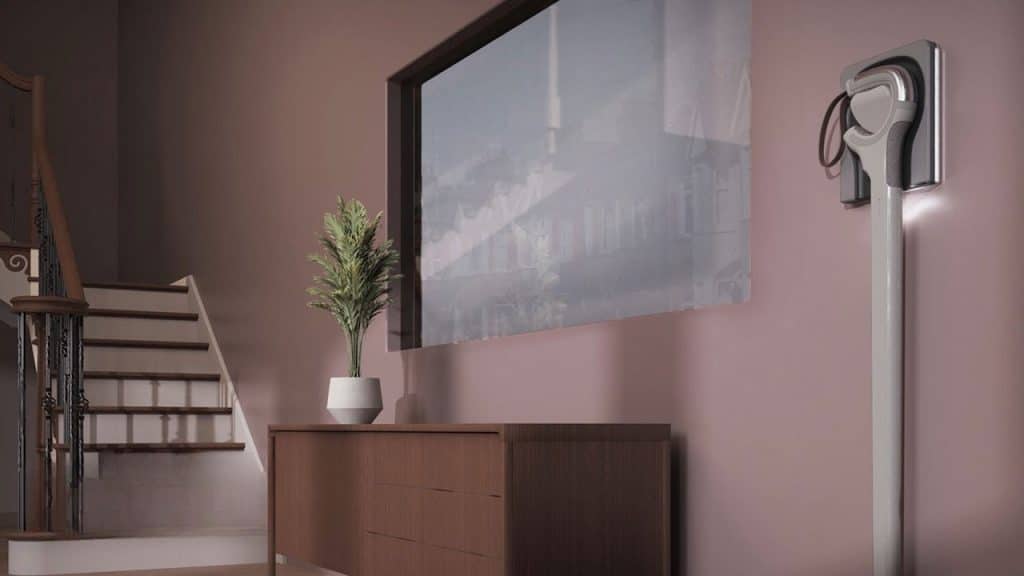Aging in place is one of the big goals of modern medicine, ensuring people are able to live independently in their own homes, the places they feel most comfortable, for longer. For older people with dementia and mobility problems, this may mean needing extra assistive technology. One such tool is the AIDE walking stick (https://longevity.technology/news/student-designs-smart-mobility-aid-for-dementia-sufferers/).
Walking sticks are some of the most basic assistive devices out there. The length, thickness and materials may change, but humanity has probably been using them for as long as we’ve been walking. Today, there’s pretty much no regular item that can’t be turned into a piece of smart technology to enhance its abilities.
James Bayliss, a student in industrial design, created the AIDE smart mobility device to take some of the pressure off the care system and give people with mobility issues more control over their own lives. In addition to a walking stick and charger, AIDE comes with a set of Bluetooth beacons. These can be situated at various points throughout the home to track someone’s regular movements.
This may sound a little creepy, and undoubtedly some people will have some privacy concerns, but what this means is that it can identify normal behavior and therefore recognize when something abnormal has happened. Perhaps the stick slips in a way that indicates the individual has tripped or fallen. Perhaps they’ve spent an inordinate amount of time in the bathroom, suggesting illness or injury. In these cases, AIDE can send out an alert via app to a family member or carer.
The person who receives the alert can then decide whether there’s a genuine cause for concern, and if so, make contact with the individual. It may turn out there’s nothing to worry about, but if there is a problem, it means faster intervention. Bayliss calls AIDE a “safety net”, something that can catch a person in trouble without a carer needing to hover over them at all times. They get to continue to live alone and independently, and their loved ones don’t need to worry that they’ll come to harm.
First the individual parts of AIDE needed to be developed and tested, then work finally began on creating a complete prototype. With a lot of research behind it into the problems experienced by those with dementia, it has the potential to benefit both individuals and carers.




